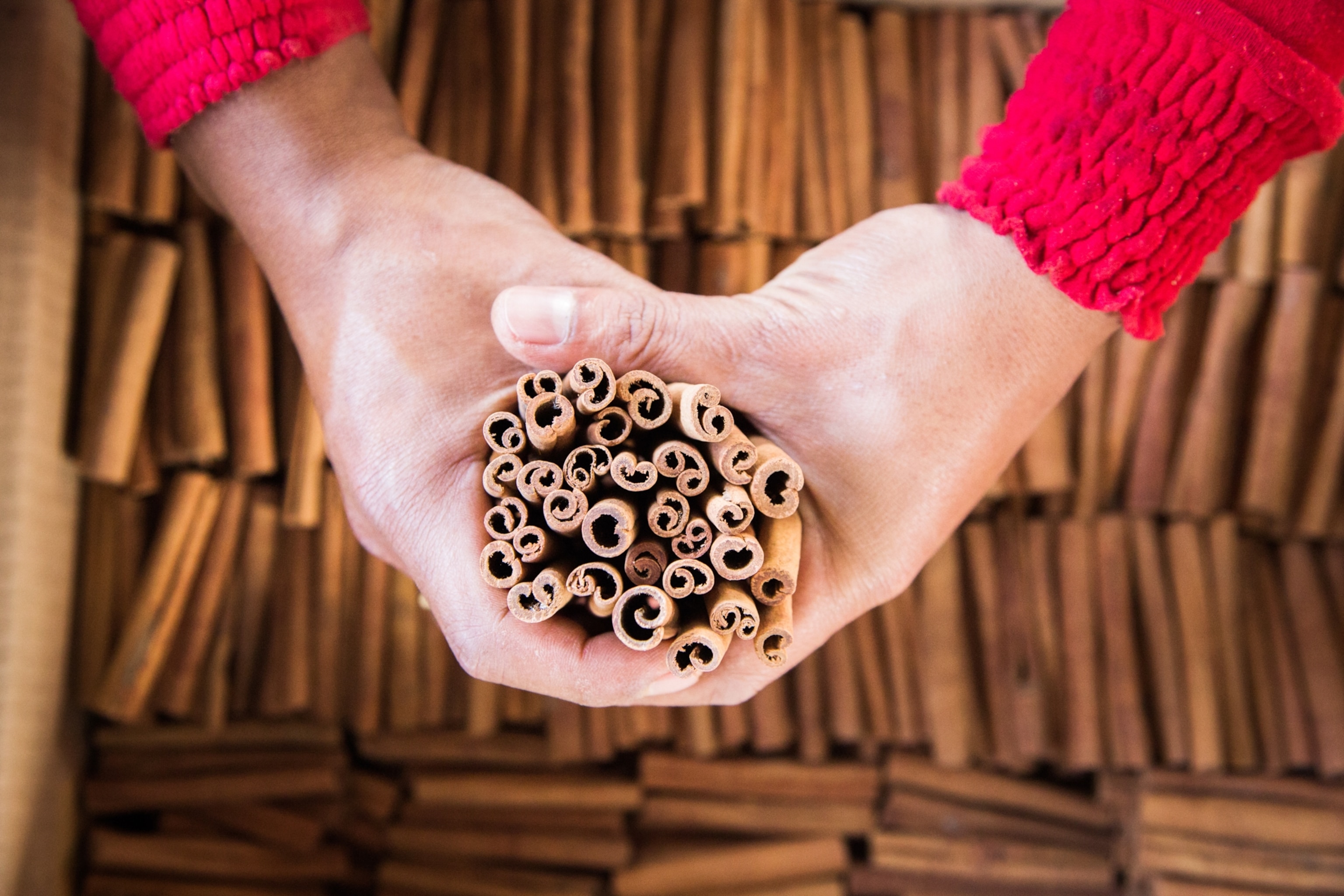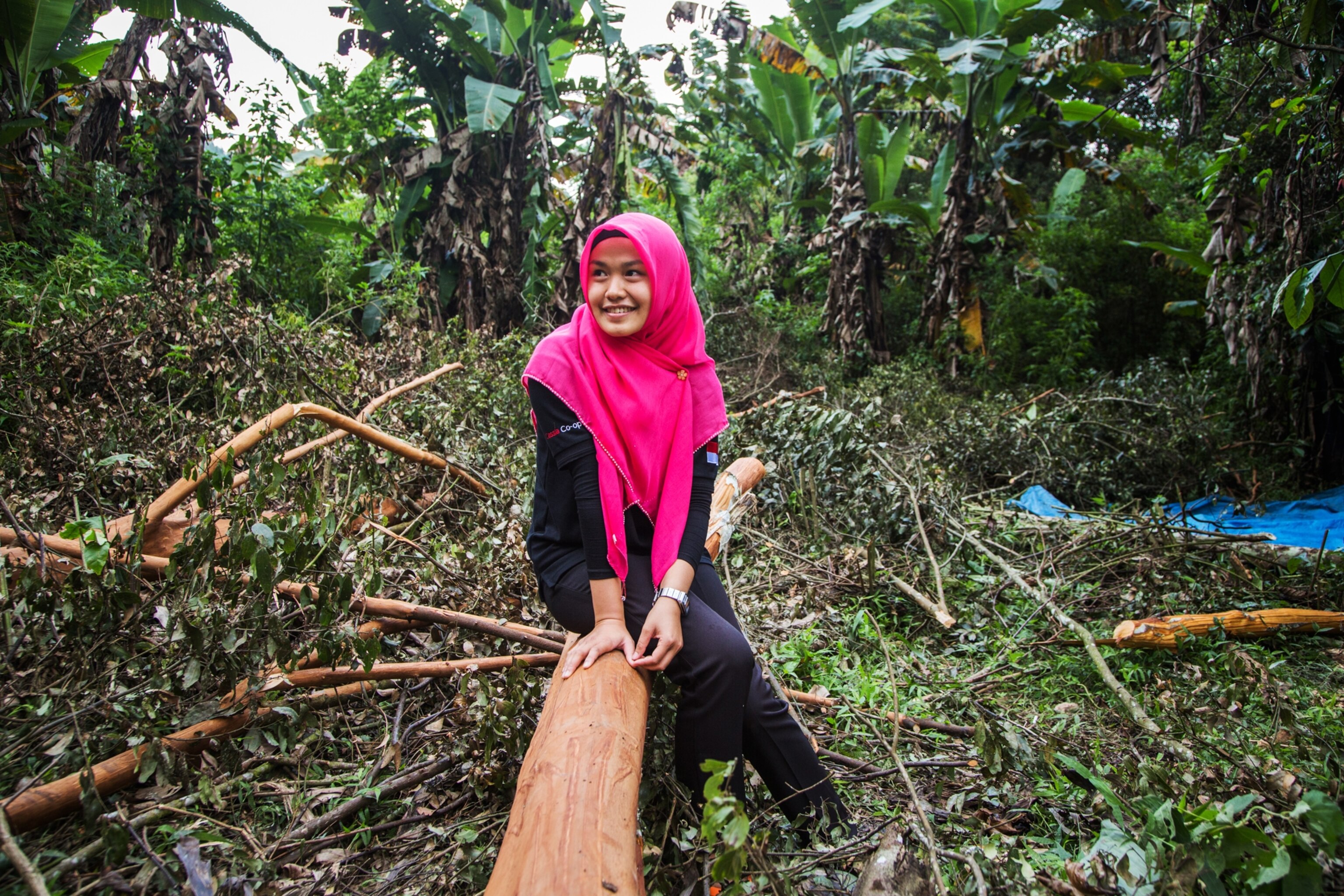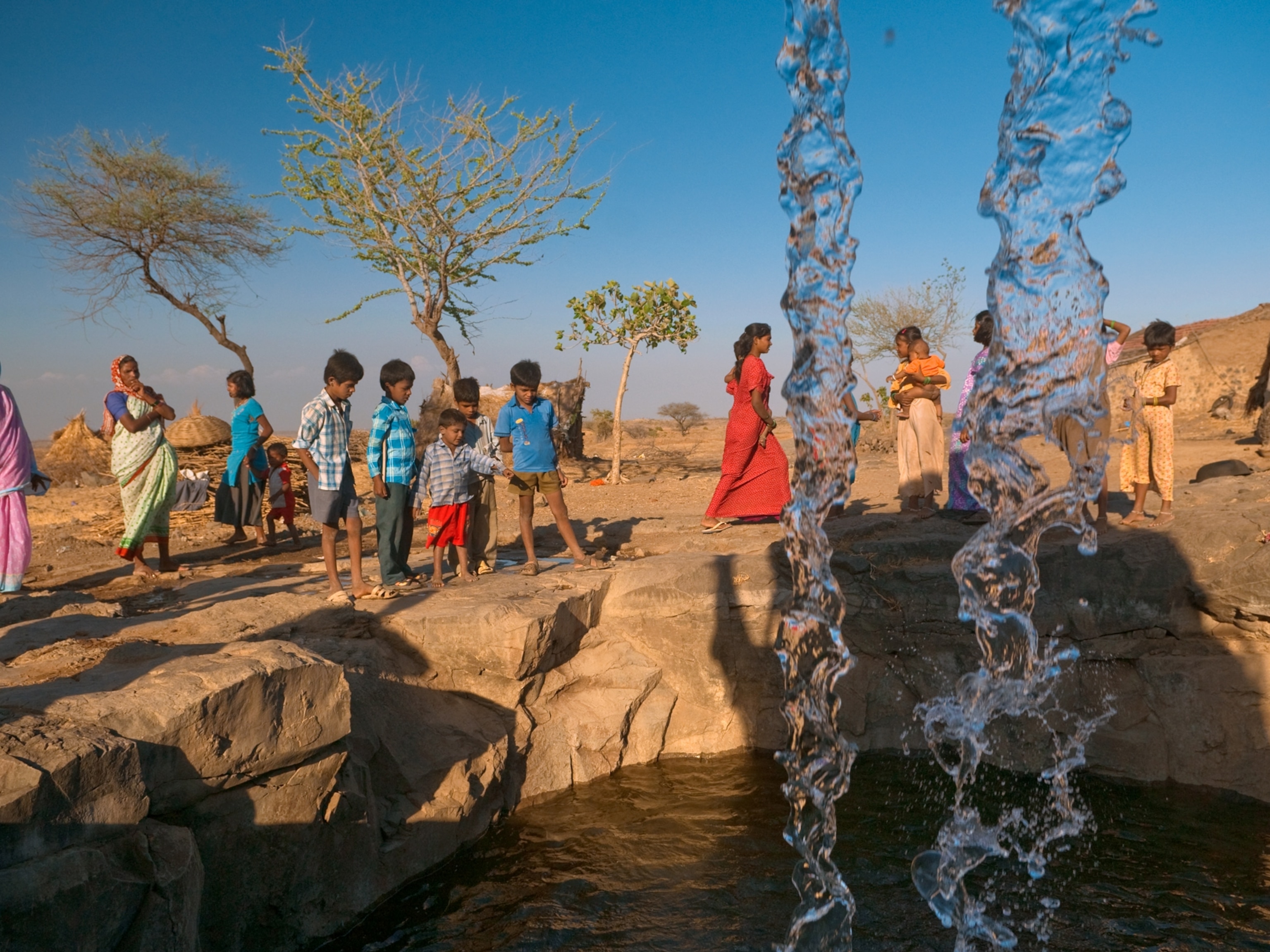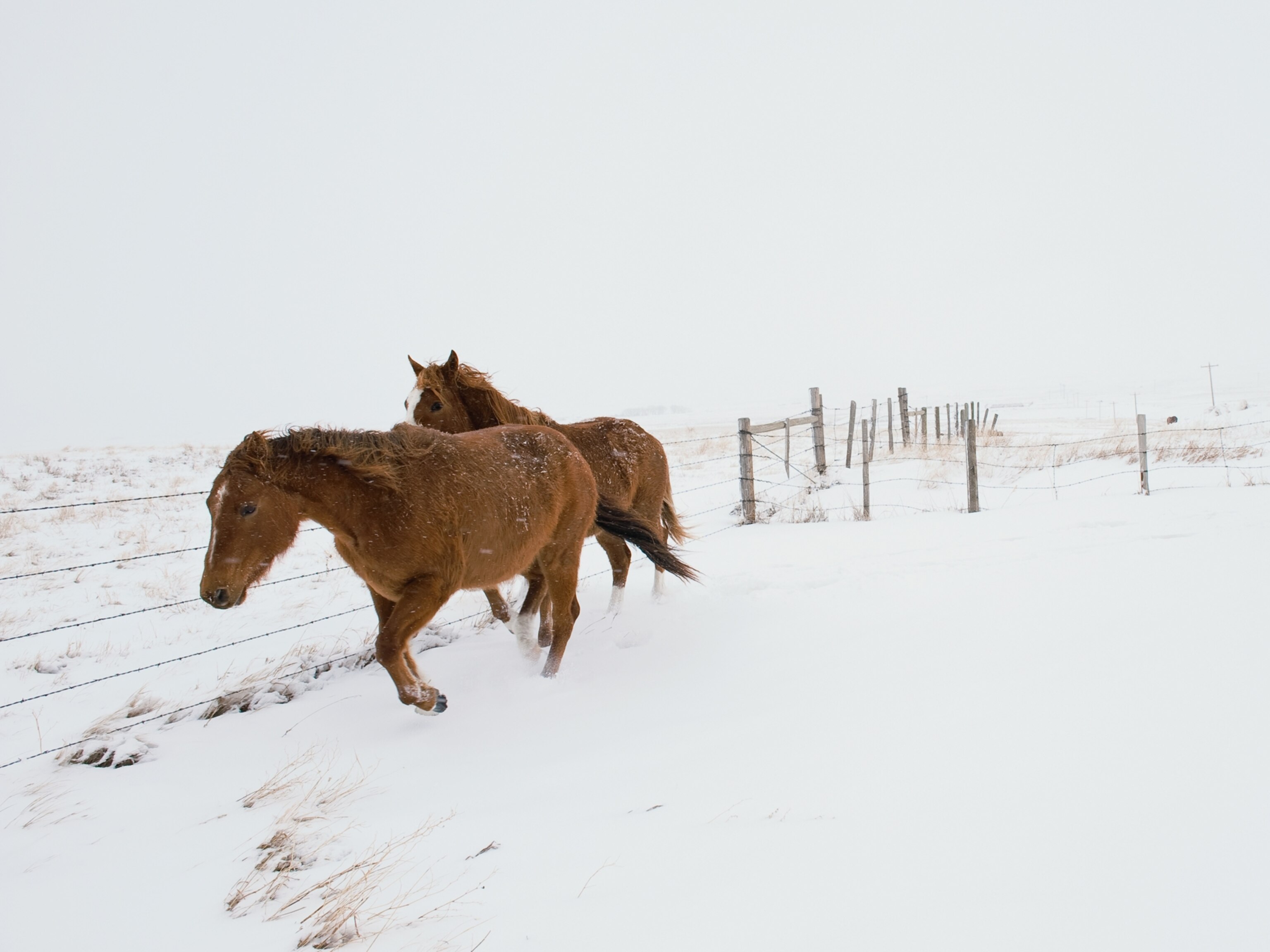
Capturing the Cinnamon Harvest in Sumatra
Many people have probably never heard of cassia, but the everyday spice is tucked away in kitchen cupboards across North America. Commercially branded as cinnamon, cassia is the most commonly sold type of cinnamon in U.S. and Canadian supermarkets.
In February, documentary filmmakers and brothers Michael and David Hanson ventured to the Indonesian island of Sumatra to document coffee and tea cultivation. While there, they heard about an upcoming cassia harvest in the island’s lush Kerinci Valley, and jumped at the opportunity to film it, providing an intimate window on the people who cultivate the spice.
(11 of the best cinnamon dishes, from Mexican caldillo to Moroccan harira)
Kerinci’s Cinnamon from Modoc Stories on Vimeo.
By way of background, cassia is grown primarily in China, Vietnam, and Indonesia, while its rarer and more expensive relative, ceylon cinnamon, comes from Sri Lanka. Many people can’t taste the difference between the two types, but cassia is typically described as hotter and more intense than ceylon, which is regarded for its lighter, more complex flavor.
Since the Hansons’ work often tells the story of the people and landscapes that produce globally important goods like chocolate, gold, and timber, filming the cassia farmers seemed like a natural fit. The brothers connected with the director of the Cassia Co-op, a cinnamon processing and exporting company that’s working with over 1,000 farmers in Indonesia to raise the quality and price of the crop. By connecting the farmers directly with customers, the co-op helps create a more transparent supply chain, effectively cutting out the middleman.
“We were surprised that a common spice comes from such an unexpected source–the bark of an evergreen tree,” said David. The small-scale, traditional harvest of cassia is done in a hands-on, environmentally-friendly way. According to local farmers, the trees can be harvested about ten years after they’re planted, and many are left to mature much longer than that. The trees serve as a secondary income for local farmers and are harvested when a family needs money.

During harvest, the branches are chopped off and entire trees are cut down. The outer bark is peeled off revealing an inner bark, the cinnamon, which curls into a quill as it dries. Growing cassia is a deep-rooted investment, since new trees can regenerate from the root stump for a few generations. And, the farmers can harvest the trees during anytime of the year, since they’re cultivating bark and not a fruit. Generally, trees are harvested twice a year after a heavy rain.
Freshly-harvested cinnamon is typically dried on tarps in yards or near roads, which can be polluted by animals and cars. But the co-op teaches people how to keep it cleaner. “By certifying cleanliness, the co-op helps fetch a higher price for the cinnamon,” explains David.
What do the brothers hope people take away from their work? “That there’s a fascinating place and culture on the other end of our global economy. There’s a family out there in the jungle right now, making a living, scraping the surface bark off cinnamon trees while a buffalo eats grass and waits to walk down the path into town to a house with walls smelling of cinnamon.”
Kelsey Nowakowski is a spatially thinking reporter at National Geographic. Follow her on Twitter.





